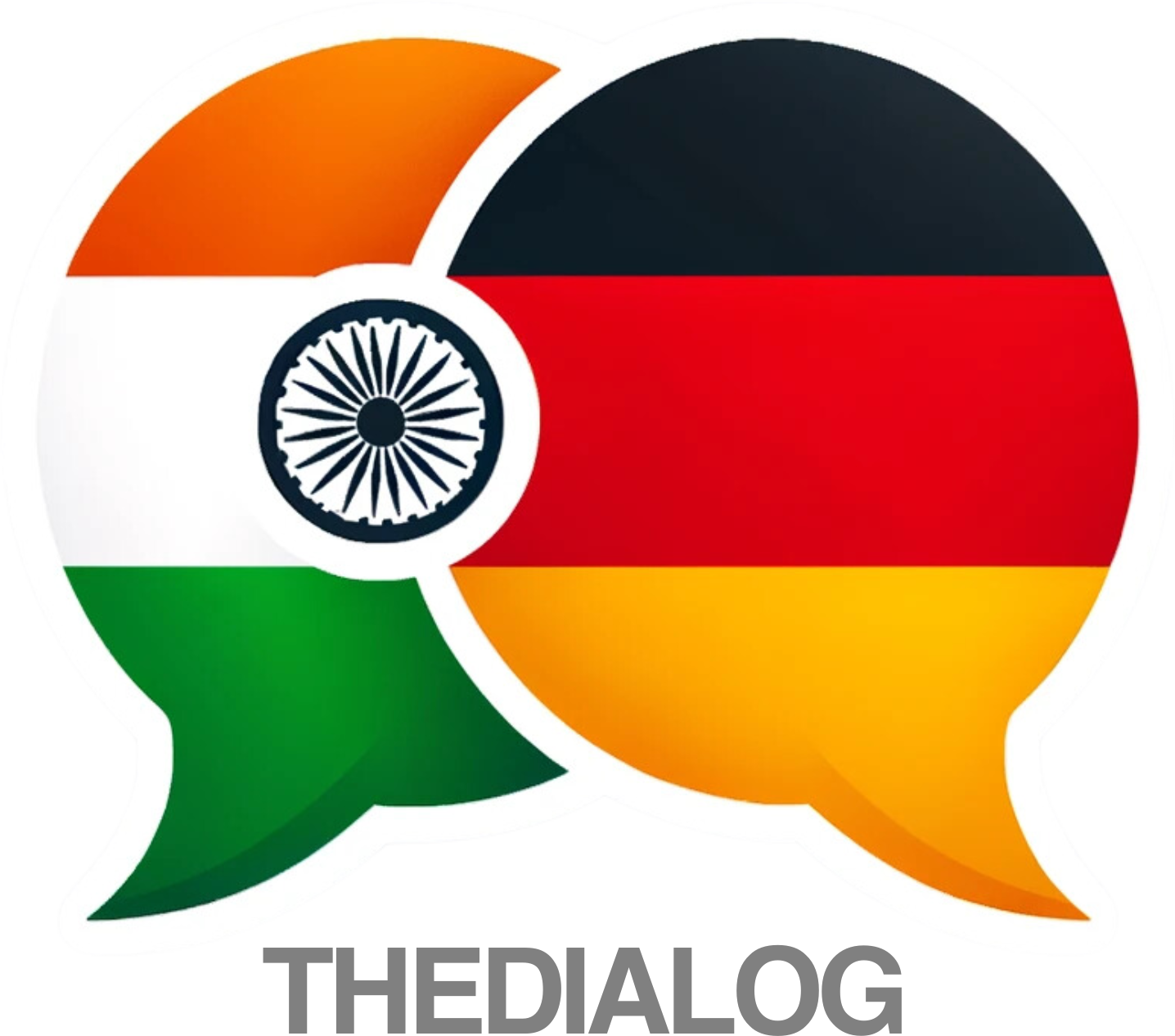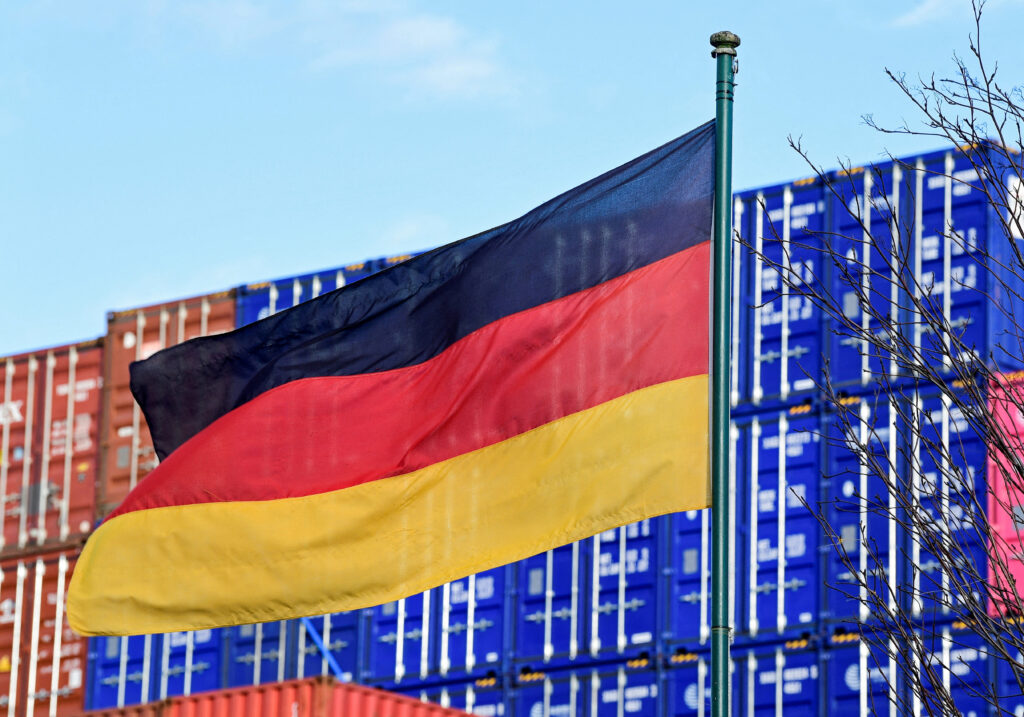Germany’s economy is showing early signs of recovery after two years of contraction, according to a Reuters report quoting top economic institutes. The improved outlook, driven by better-than-expected growth and significant government stimulus, could bring renewed opportunities for Indian exporters and manufacturers looking to tap into European markets.
Germany Revises Growth Forecasts Upward
Leading German economic institutes, including the Kiel Institute for the World Economy (IfW), Ifo, RWI, and IWH, have all revised their GDP projections upward for 2024, 2025, and 2026. IfW now expects 0.3% growth this year, an upgrade from earlier expectations of stagnation, after the economy grew by 0.4% in Q1 2024.
“The German economy is seeing light at the end of the tunnel,” noted economists in the Reuters report.
Other institutes now forecast:
Ifo: 0.3% growth in 2024, 1.5% in 2026 (previously 0.2% and 0.8% respectively)
RWI: 0.3% in 2024, 1.5% in 2026
IWH: 0.4% in 2024, up from 0.1%, and 1.1% in 2026
India’s Exporters Eye Opportunities in German Market
India, which has steadily expanded its trade with the European Union and Germany in recent years, could benefit from the revival in German domestic demand. Sectors such as pharmaceuticals, automotive components, machinery, textiles, and electronics—where India already holds a competitive edge—may see increased export orders if Germany’s recovery strengthens.
With Germany being India’s largest trading partner in the EU, the renewed economic activity is likely to be watched closely by Indian exporters. India exported goods worth over $10.5 billion to Germany in FY2023–24, according to government data.
Stimulus-Driven Growth: What It Means for Trade Partners
The German government recently approved a €46 billion tax relief package and a €500 billion infrastructure fund to revitalise the economy. These measures are expected to boost investment, stimulate domestic consumption, and enhance industrial production—all of which could increase Germany’s imports, especially of intermediate goods and technology supplies.
The Ifo Institute estimates that these policy measures will add €10 billion to GDP in 2025 and €57 billion in 2026, raising growth projections by 0.1 and 0.7 percentage points respectively.
“This is a shift after a long stagnation period—good news for partners like India that supply core inputs to German industries,” said an economist cited in the report.
Caution Over Trade Tensions and Export Outlook
Despite the rebound, challenges remain. The Organisation for Economic Co-operation and Development (OECD) has advised Germany to implement structural reforms to sustain growth. It projects modest gains—0.4% in 2024 and 1.2% in 2026—driven largely by consumption and public investment.
Exports, however, are expected to contract by 0.3% in 2025 before rising marginally by 0.6% in 2026. This weak export outlook could have mixed implications for India, depending on sectoral dependencies.
U.S.-China Tensions Pose Global Risk
Another area of concern is the fallout of escalating U.S.-China trade tensions, which could indirectly impact German industries and, in turn, their suppliers. Tariffs already imposed by the U.S. could cut German GDP by 0.1% in 2025 and 0.3% in 2026, the Ifo Institute estimates.
“German manufacturers are deeply tied into both the American and Chinese supply chains. Any escalation could disrupt these flows, affecting global suppliers—including those from India,” said Oliver Holtemoeller of IWH.
Inflation Stable, Jobs Market Holds Ground
Ifo forecasts that inflation will stay around the European Central Bank’s 2% target, with rates of 2.1% in 2025 and 2.0% in 2026. The labour market is expected to remain stable, with unemployment peaking at 6.3% in 2025 and easing to 6.1% by 2026.
A Window of Opportunity for India
For India, Germany’s economic recovery presents a strategic trade opportunity—especially in high-value manufacturing and services. However, the fragile nature of global supply chains and geopolitical risks call for cautious optimism.
Editor’s Note: This article is based on a June 2025 Reuters report summarising the revised forecasts and economic outlook issued by German research institutes and international organisations.



